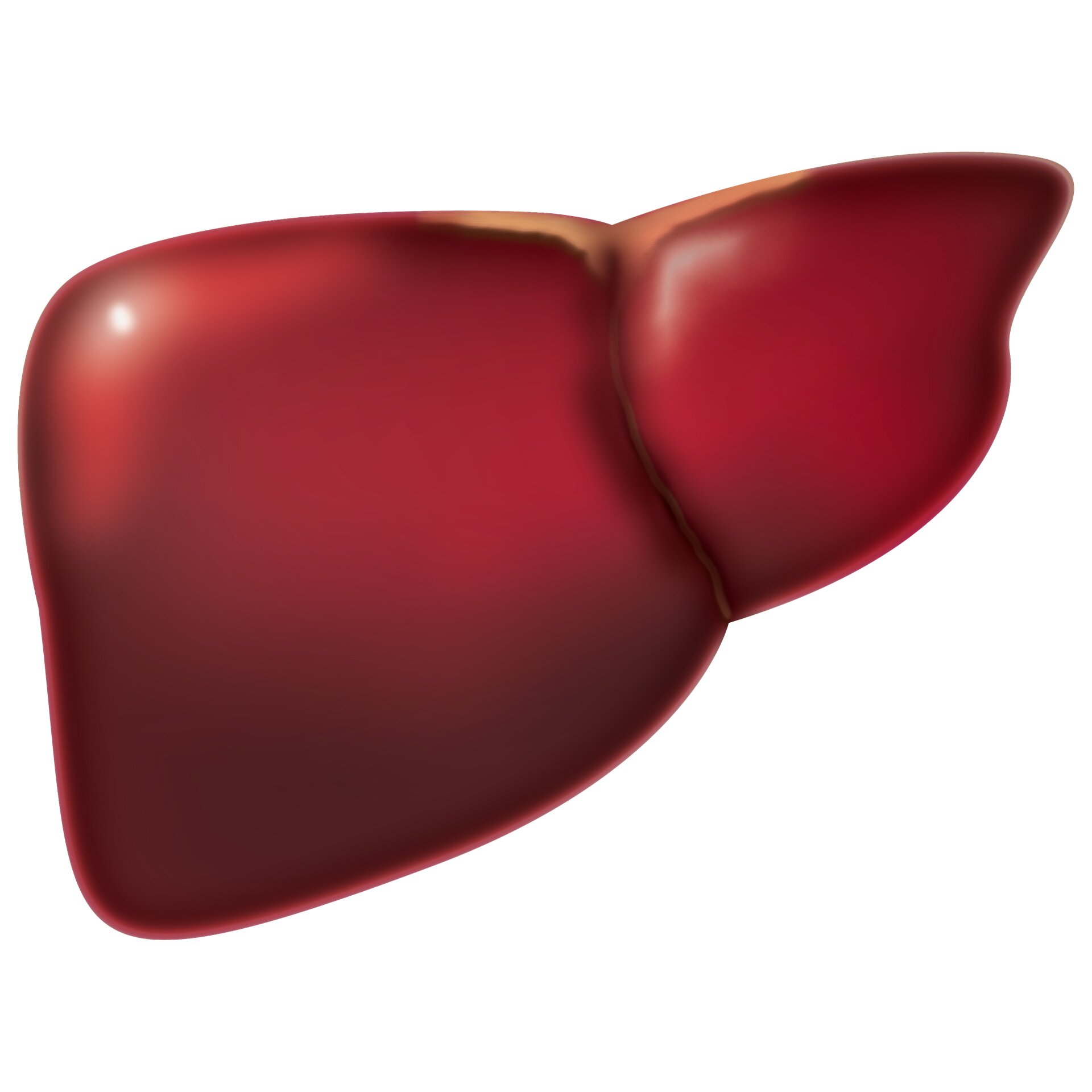
Researchers have created a liquid biopsy test, which uses two circulating proteins, to test for major liver diseases. The test was found to be highly accurate, sensitive, and specific for both NASH and liver fibrosis. For the first time, a non-invasive test will allow for the determination of staging of both diseases without recurring to invasive liver biopsy.
Non-alcoholic steato-hepatitis (NASH) is the most severe form of non-alcoholic fatty liver disease (NAFLD) and is diagnosed in approximately 60% of NAFLD patients. NASH puts people at risk of progressing to advanced liver diseases such as liver fibrosis, cirrhosis, and liver cancer.
NAFLD affects approximately 52 million people in Europe and 64 million people in the US, costing $138 billion annually to the European and US healthcare systems combined.
Currently, NASH can only be diagnosed with invasive liver biopsy, which is the standard of diagnosis, but is expensive and has co-morbidities and complications. There are also no reliable blood (i.e. liquid biopsy) tests for the diseases because of low sensitivity and specificity. Current blood tests are also unable to reliably predict NASH and fibrosis staging.
Professor Geltrude Mingrone, from King’s College London and Catholic University of Rome, Italy, looked to find a more accurate liquid biopsy test.
The paper, published in the journal Gut, identified two protein biomarkers, PLIN2 and RAB14, that were used as part of an algorithm to identify people with NASH and/or liver fibrosis. The ability for these proteins to detect NASH was tested in cohorts of people with either biopsy-confirmed NASH or liver fibrosis.
The algorithms, which used A.I., gave impressive results, including a sensitivity of 88–95%, a specificity of 90–100%, and an overall accuracy of 92–93% for NASH. For fibrosis, they were even better, with a sensitivity of 99–100%, specificity of 90–96%, and accuracy of 98–99%. As well as being much more accurate than all other currently available biomarkers, it is now possible to predict the stages of the diseases without invasive liver biopsy.
Mingrone says that “this blood test will allow to define the real prevalence of NASH in large and small populations, including children and adolescents, avoiding the need for invasive liver biopsy. Importantly, it will also allow to monitor the efficacy of NASH treatments over time, reducing screen failures and helping generate better drugs.”
These results show that the PLIN2/RAB14-based liquid biopsy can provide rapid and cost-effective testing to combat the growing epidemic of NASH and liver fibrosis. This will be an invaluable tool in diagnosing and monitoring cases of liver diseases, enabling people to receive earlier treatment.
The authors also believe that the testing will allow for the improved capacity for researchers to study NASH and liver fibrosis in the general population, including disease progression, and record the effects of treatment, from lifestyle to surgical and pharmacological interventions.
Source: Read Full Article
